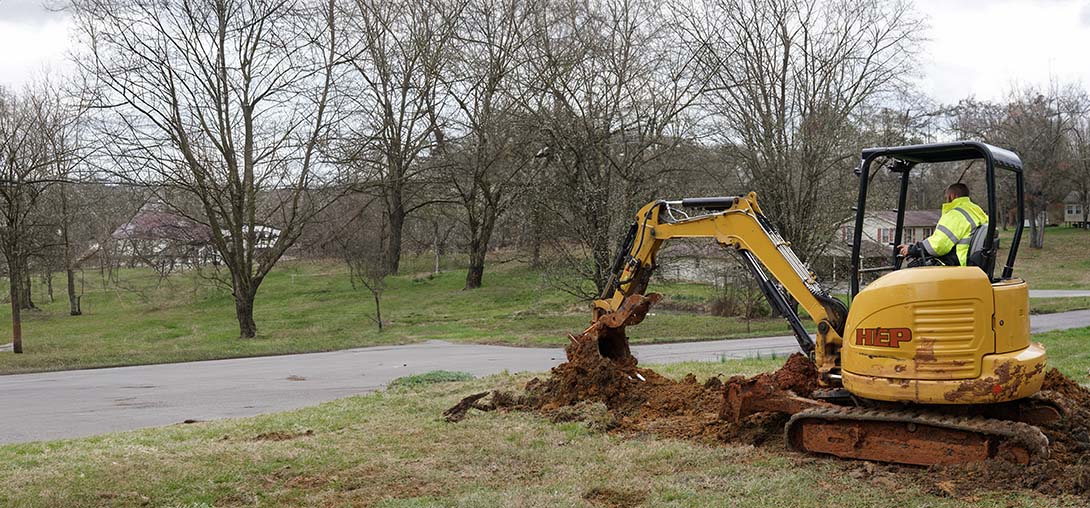

Persistent Leaks
Your trusted partner for professional home services. Quality workmanship, guaranteed satisfaction.




- HEP
- Persistent Leaks
Persistent Leaks | Main Line Issues | Plumbing | Sale Creek
Drippy faucets are annoying, but when water is bubbling up in your yard or you notice a sudden spike in your utility bill, you’re dealing with something far more serious: main line issues. In Sale Creek’s clay-rich soil, shifting ground and tree-root intrusion can crack or clog the primary water or sewer line, sending hidden leaks straight into the earth and your wallet. Left unchecked, these persistent leaks can undermine foundations, create sinkholes, and invite mold into your home.
HEP’s licensed plumbers bring advanced leak-detection tech and trenchless repair options right to your driveway, so you can get back to life without the mess of traditional excavation. We’re local, on call 24/7, and we back every repair with industry-leading warranties—because peace of mind should be part of the pipeline. Ready to stop the drip drama? Give HEP a shout and let’s keep Sale Creek flowing smoothly.
FAQs
What are the most common symptoms of a persistent main-line leak in Sale Creek homes?
Typical red flags include an unexplained spike in your monthly water bill, the sound of running water when all fixtures are off, soggy or unusually green patches of lawn, a drop in household water pressure, or small sinkholes appearing in your yard or driveway. Because Sale Creek’s soil retains moisture, these signs can appear quickly once a leak starts.
Why is it important to repair a main water line leak right away?
A leaking main line wastes hundreds of gallons per day, driving up utility costs and stressing the municipal system. Continuous saturation can undermine foundations, cause mold growth, and erode driveways or sidewalks. In winter, leaking water near the surface can also freeze, leading to burst pipes and slippery hazards. Prompt repair protects both your property and your wallet.
What typically causes main line leaks in the Sale Creek area?
Local factors include shifting clay soils that expand and contract with rainfall, tree-root intrusion from large native hardwoods, corrosion of older galvanized or cast-iron pipes, and high water pressure from hillside supply lines. Accidental damage from yard work or construction projects is another frequent culprit.
How do professional plumbers pinpoint the location of a hidden main-line leak?
Technicians begin with a pressure test to confirm the line is losing water. Next, they use acoustic listening devices, ground microphones, and leak correlation equipment to detect the sound signature of escaping water. If necessary, they insert a small video inspection camera to visually verify cracks, roots, or separated joints before any digging begins.
What repair methods are available, and which is best for my situation?
Options range from spot repairs (excavating a small section to replace a short damaged segment) to full-line replacement. Trenchless technologies, such as pipe bursting and cured-in-place pipe (CIPP) lining, allow us to rehabilitate or replace long sections with minimal surface disruption. Your plumber will recommend the most cost-effective choice based on pipe material, age, leak severity, and yard layout.
Will fixing my main line mean tearing up my whole yard or losing water all day?
Not usually. Modern leak detection narrows excavation to the exact fault, and trenchless repairs require only small entry and exit pits. Service interruptions are limited to the active repair window—often two to four hours—and we schedule work to minimize inconvenience. Afterward, we backfill and compact soil, and can coordinate with landscapers if you’d like full lawn restoration.